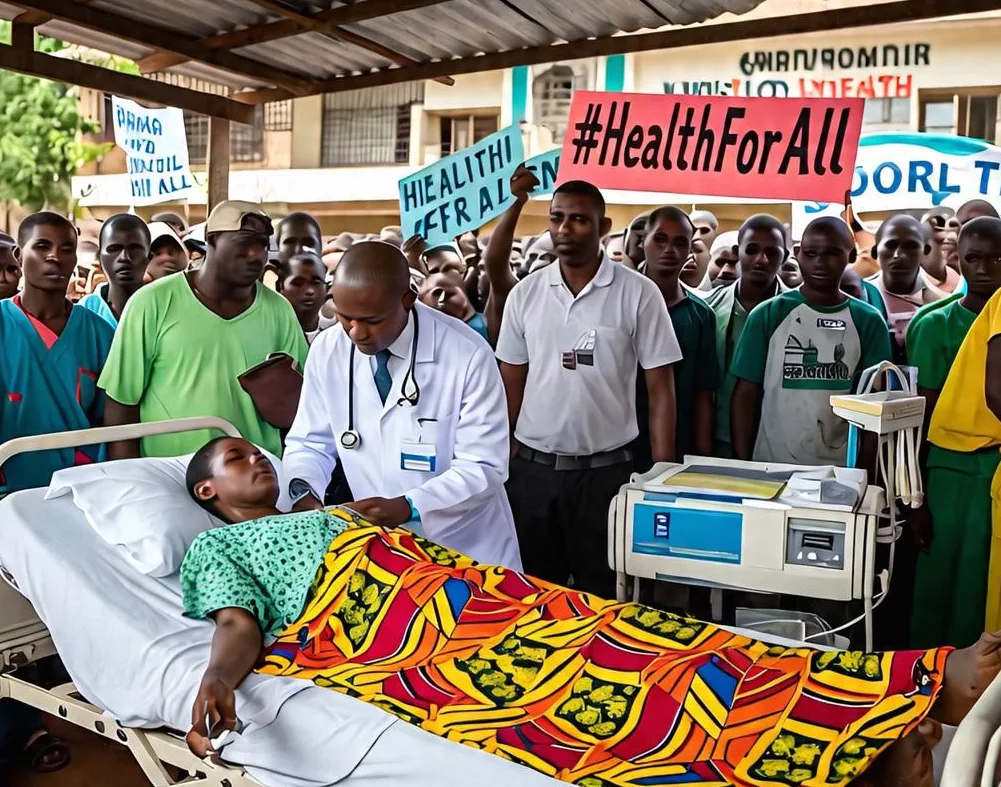By Byron Mutingwende
George Makona (16) was born to HIV positive parents at a rural hospital in Nyanga. By then programmes on prevention of mother to child transmission (PMTCT) had not been fully grasped by some of the rural dwellers.
“I was a victim of denial. When we were tested positive for HIV, together with my husband we thought, as we were taught by our prophets at the local Rusununguko Apostolic Church that HIV was a demon. It took us time to go on antiretroviral therapy (ART) since most of the time we would be given holy waters. This happened to most of our members and the less unfortunate died,” said Ester Makona, George’s mother.
Faith healing in Zimbabwe has been blamed for fuelling needless HIV-related deaths. It took men of courage like Pastor Maxwell Kapachawo who tested HIV positive in 2004 and had the guts to disclose his status publicly the following year. That was in contrast to the majority of the preachers who even encouraged their congregants to quit treatment in the hope of spiritual deliverance. Pregnant church members were told to believe that only the Lord would save their unborn children from contracting HIV.
Kapachawo then formed the Zimbabwe Network of Religious Leaders living with, or personally affected by, HIV and AIDS (ZINERELA) now headed by Reverend Zvidzai Chiponda. The organisation encourages HIV positive people to adhere to treatment while believing in God for the ultimate healing. Due to that gospel, many mothers are now on PMTCT programmes. Even children born HIV positive and adolescents like George have a hope of a long live and a bright future due to medication. Research and science in HIV treatment is also going to improve the situation for children and adolescents with HIV.
However, the most pressing gaps in research needed to improve outcomes for children and adolescents living with HIV are highlighted in the first global priority research agendas on paediatric and adolescent HIV, released at the opening day of the 9th IAS Conference on HIV Science on Sunday 23 July 2017.
The International AIDS Society’s (IAS’s) Collaborative Initiative for Paediatric HIV Education and Research (CIPHER) and the World Health Organization (WHO) developed the new priority research agendas, entitled “Research for an AIDS-Free Generation: A Global Research Agenda for Paediatric HIV” and “Research for an AIDS-Free Generation: A Global Research Agenda for Adolescents Living with HIV.” They were shaped through a global process led by a working group of experts, and informed by consultations with researchers, healthcare workers, donors, civil society representatives, policy makers and global organiSations.
The new guidance represents an international consensus on the top priority questions in testing, treatment and service delivery for children and adolescents living with HIV. The guidance is designed to inform the work of all stakeholders involved in funding, supporting or conducting clinical and operational research in paediatric and adolescent HIV worldwide.
“Everything we know about the paediatric and adolescent HIV epidemics point to the need for more and better tailored research to address the many clinical and implementation research questions that remain unanswered in the global response,” IAS President Linda-Gail Bekker said. “These priority research agendas can help answer the most pressing questions in the field, streamline research, maximise investments, inform important policy changes and, ultimately, improve the lives of infants, children and adolescents living with HIV.”
Available research shows that HIV testing and treatment rates are lower for children and adolescents than for adults. Only 43% of children living with HIV are accessing antiretroviral treatment (ART), and only 43% of HIV-exposed infants are tested by the recommended age of two months. In 2016, 260,000 adolescents became infected with HIV. With the successful scale up and effectiveness of ART, more children living with HIV are growing into adolescence and require ongoing support to remain in care and adhere to ART.
“We must take action now to close the gaps in the HIV response for children and adolescents, to deliver better HIV prevention, treatment and testing to those in greatest need,” WHO HIV Department Director Gottfried Hirnschall said. “The IAS/WHO process has helped us to define priority areas for further research, to inform global policies and implementation to bring us closer to an AIDS-free generation for infants, children and adolescents.”






